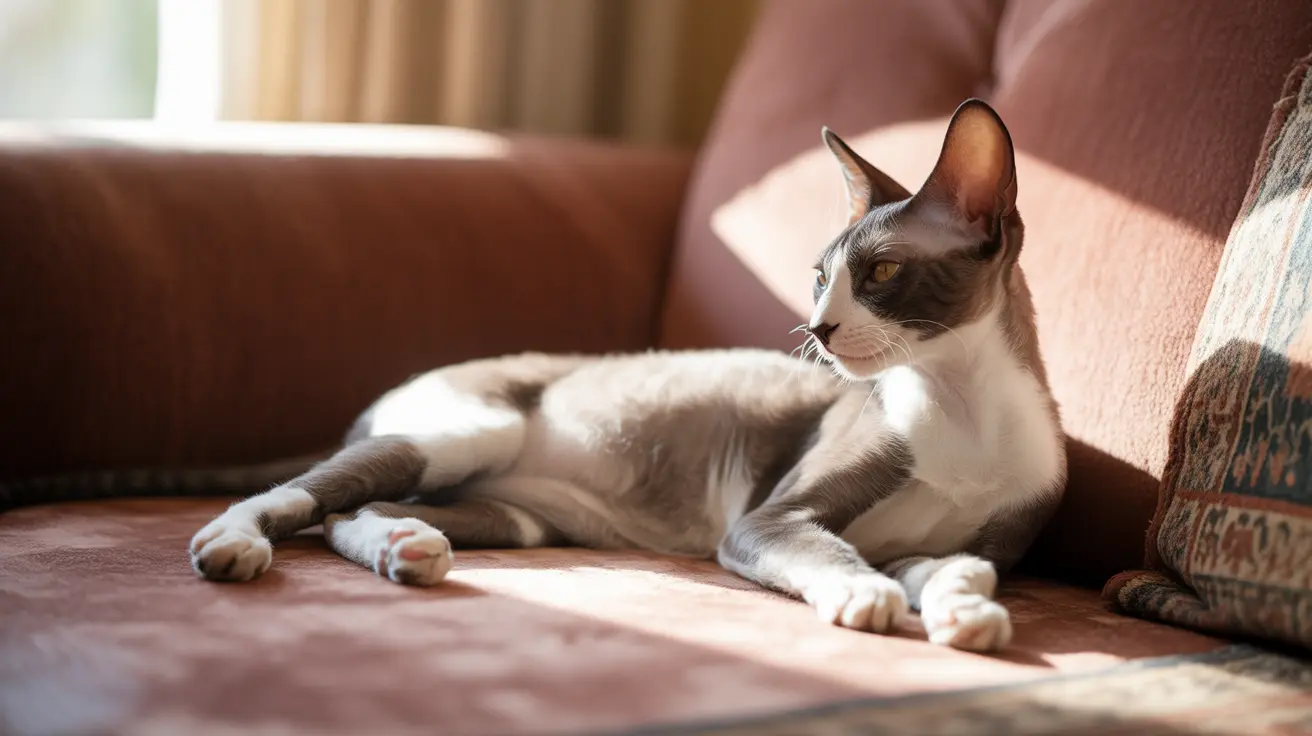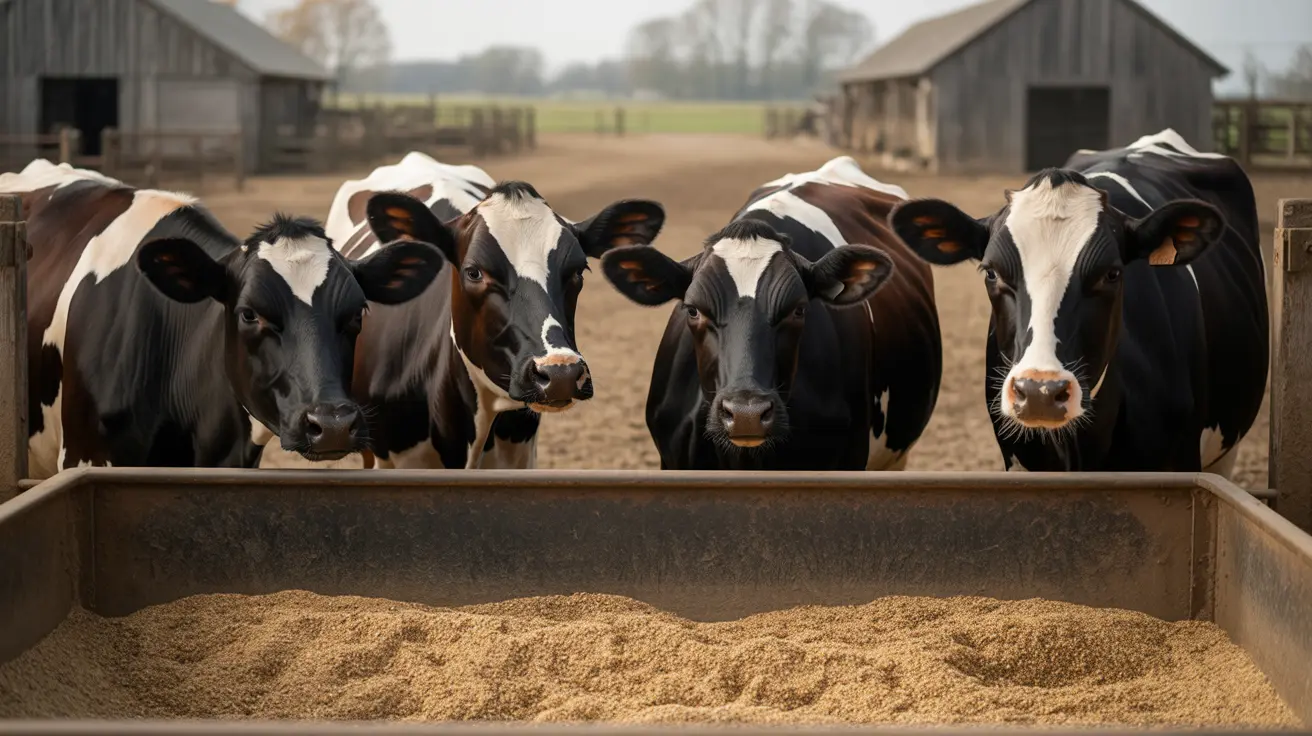Understanding Cat Purring Basics
Male cats, like their female counterparts, are natural purrers. This distinctive feline vocalization is one of the most recognizable sounds in the animal kingdom, but many cat owners wonder about the specifics of male cat purring behavior. Recent scientific research has uncovered fascinating insights into why and how male cats purr, including genetic factors that influence their vocalization patterns.
The science behind purring reveals it's not just a simple expression of contentment, but rather a complex behavior with multiple biological and social functions. Male cats produce this soothing sound through rapid muscle movements in their larynx, creating vibrations at frequencies between 25 and 30 Hz.
The Genetic Factor in Male Cat Purring
Recent studies have identified that male cats' purring tendencies are significantly influenced by the androgen receptor (AR) gene located on the X chromosome. This genetic component helps explain why some male cats are more vocal than others, with two distinct variants of the AR gene affecting purring frequency:
- Short-type AR gene: Associated with increased purring and vocalization
- Long-type AR gene: Linked to quieter, less vocal behavior
Breed Differences and Purring Patterns
The frequency and intensity of male cat purring can vary significantly based on breeding background. Pure-bred males typically carry the long-type AR gene, making them generally quieter. In contrast, mixed-breed and former stray males often possess the short-type variant, resulting in more frequent purring and overall vocalization.
When and Why Male Cats Purr
Male cats purr in various situations, not just when they're content. Common scenarios include:
- During positive interactions with humans or other cats
- When seeking attention or food
- While in pain or distress
- During healing or recovery
- As a self-soothing mechanism
Understanding these different contexts helps cat owners better interpret their male cat's communication signals and respond appropriately to their needs.
The Role of Domestication
The evolution of purring behavior in male cats has been shaped by thousands of years of domestication. The emergence of the long-type AR gene variant appears to be a direct result of human interaction, as this genetic variation is absent in wild cat species. This adaptation suggests that domestic environments have influenced how male cats communicate with both humans and other cats.
Frequently Asked Questions
Do male cats purr more frequently than female cats, and what role does genetics play in this behavior?
Male cats with the short-type AR gene tend to purr more frequently than those with the long-type gene. While there isn't a significant difference between male and female purring frequency overall, genetics plays a crucial role in determining individual purring tendencies regardless of sex.
How does the androgen receptor (AR) gene affect purring and vocalization in male cats?
The AR gene influences purring and vocalization patterns in male cats, with the short-type variant associated with increased vocalization and purring frequency. This genetic factor directly impacts how much and how often male cats communicate through purring.
Why do male cats purr—does it always mean they're happy, or can it signal other emotions or health issues?
Male cats purr for various reasons beyond happiness, including stress, pain, healing, and seeking attention. It's important for owners to consider the context and other behavioral cues when interpreting their cat's purring.
Are purebred male cats less likely to purr compared to mixed-breed or stray males, and why?
Yes, purebred male cats are generally less vocal because they're more likely to carry the long-type AR gene. Mixed-breed and stray males, typically carrying the short-type gene, tend to purr more frequently and be more vocal overall.
Can understanding a male cat's purring behavior help improve how owners recognize their cat's needs or wellbeing?
Yes, understanding purring patterns can help owners better interpret their cat's needs and health status. Changes in purring behavior might indicate stress, illness, or other issues requiring attention, making it an important indicator of overall wellbeing.
Conclusion
Male cat purring is a fascinating behavior influenced by genetics, breeding history, and environmental factors. Understanding these elements helps cat owners better interpret their pets' communication and needs, leading to improved care and stronger bonds between cats and their human companions.






